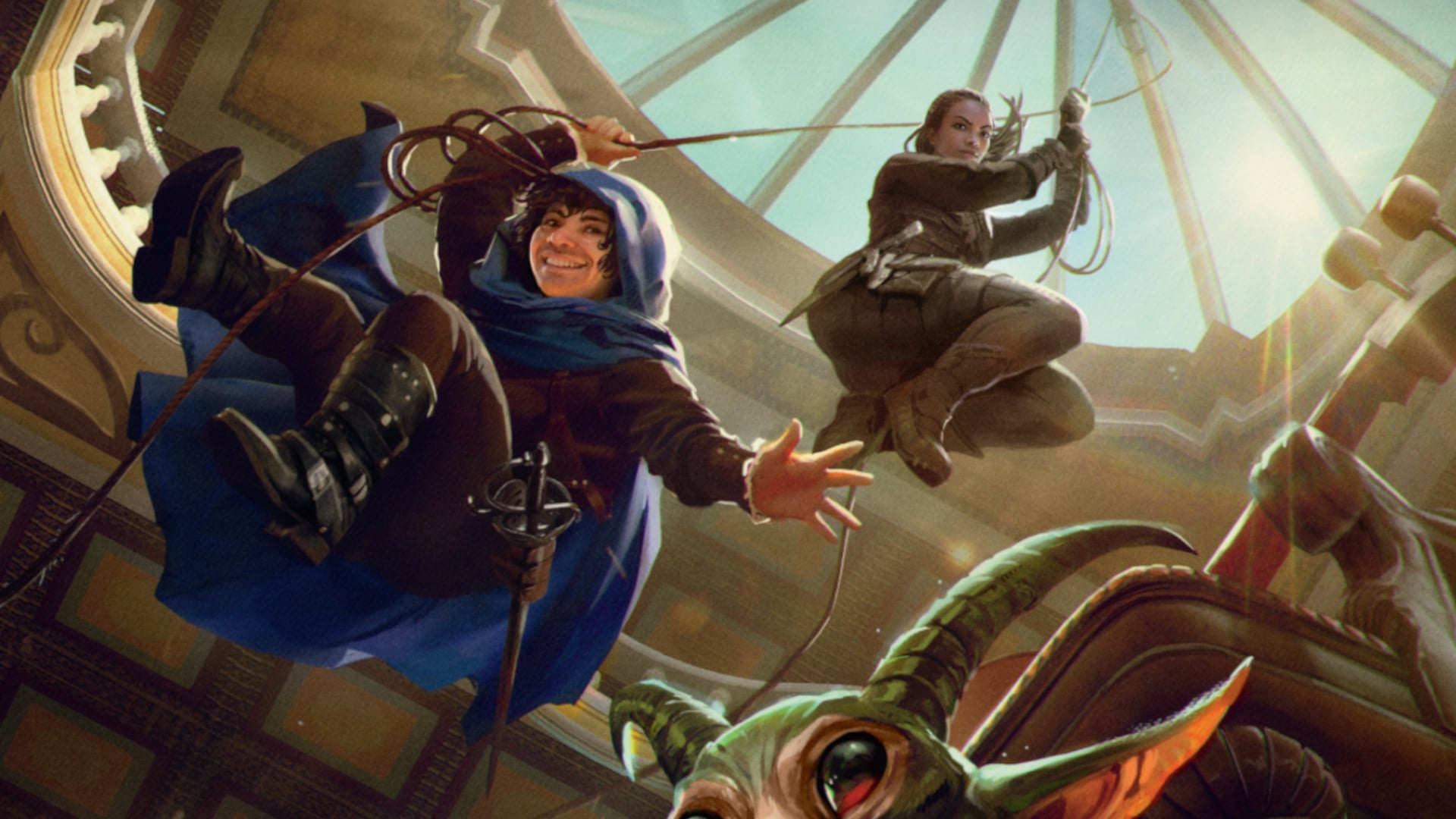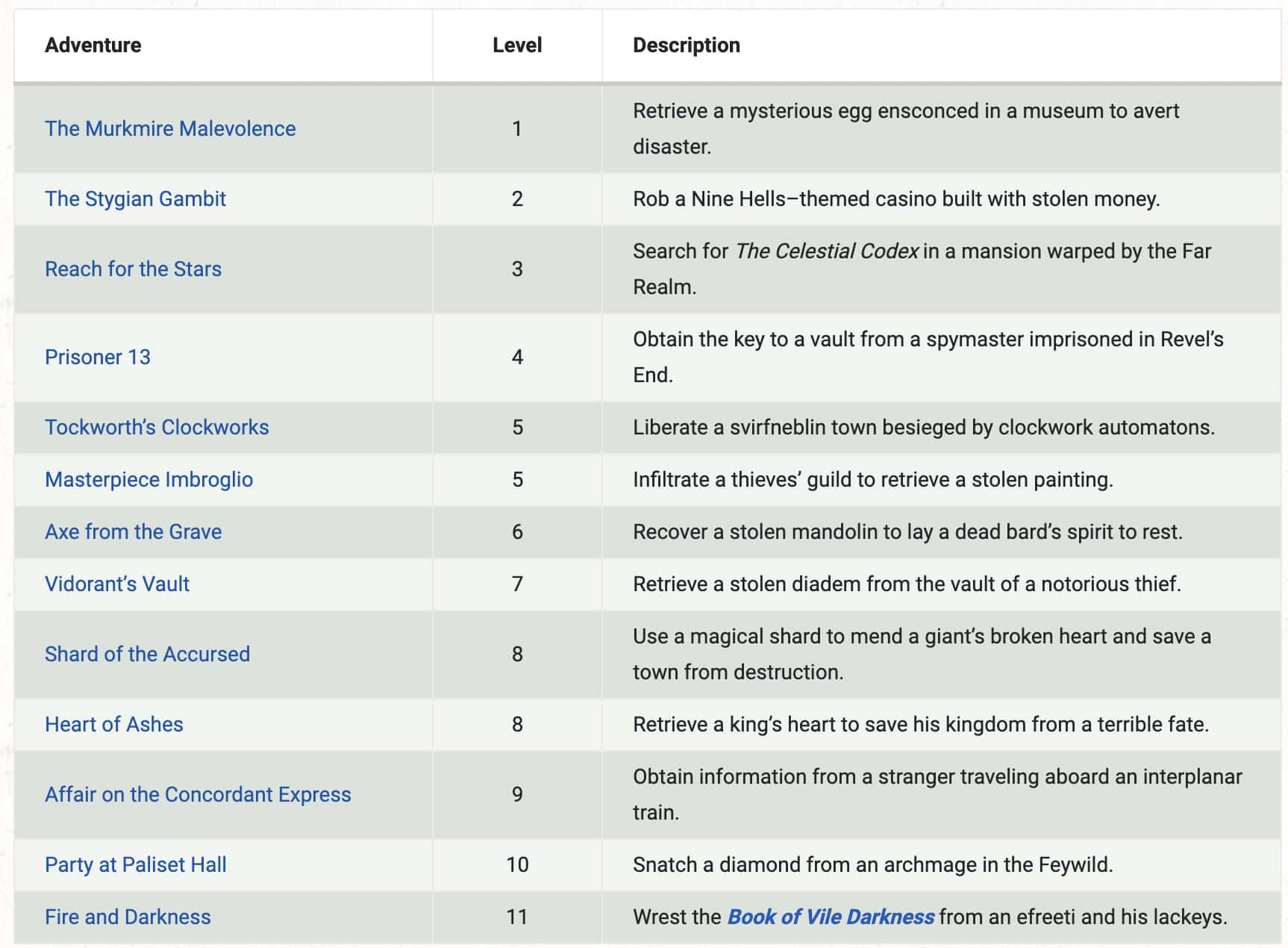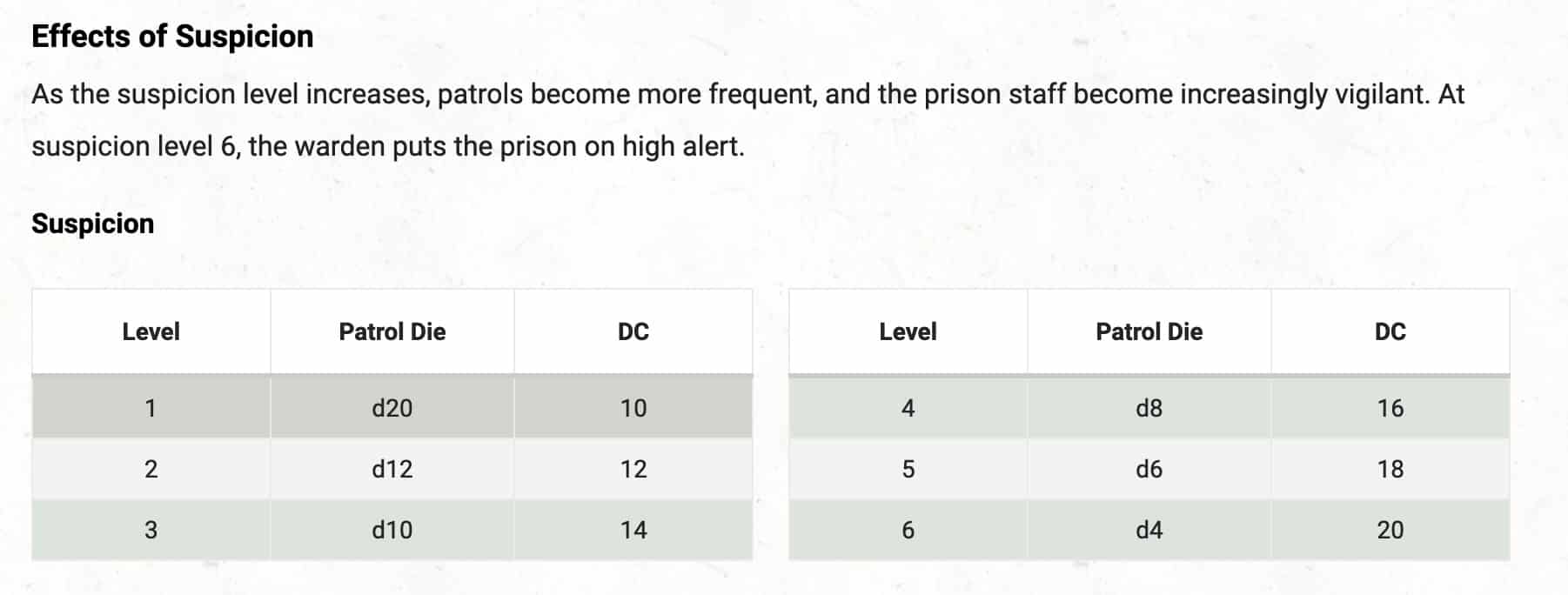Keys from the Golden Vault Review
Published on February 7, 2023, Last modified on April 2nd, 2024
Is that the Mission Impossible theme I hear? It’s time for a heist!

Anna Podedworna - Wizards of the Coast - Keys from the Golden Vault cover
Table of Contents
Quick Review (No Spoilers)
What does Keys from the Golden Vault contain?
Pages: 208 pages
Published: February 7, 2022 (early preorder release), February 21 (general release)
Keys from the Golden Vault is an adventure anthology for the fifth edition of Dungeons & Dragons (D&D 5e). This book contains short heist-themed adventures that take players to different locations across the multiverse. Each adventure emphasizes player choice, giving the party a map to plan their adventure and multiple paths to complete their objective.
DMs will find 13 heist-themed adventures that range from 1st-11th level. There are no new player options included in this book.
Pros
- The inclusion of map handouts for players makes these adventures work. Not only can players formulate a plan (a must for any heist scenario), but the maps tend to leave out crucial details, which can make for fun improvisational moments when enacting the heist.
- These heists can each be run in one session, making for short, digestible content to either slot into a campaign or pull out for a fun night of gaming.
- The multitude of themes and locations keep these heists fresh and fun.
- An adventure from the book, Prisoner 13, is free on D&D Beyond. All you need is an account to sign up!
Cons
- The failure scenarios aren’t always appropriately strict. For example, in Prisoner 13, if you get caught performing suspicious activity in a high-security prison, all they do is kick you out.
- If the party’s plan starts to go awry, it could easily lead to a TPK because they’re in a hostile environment and usually outnumbered and outmatched. If things start to snowball out of control, DMs will have to consider what will happen if the players get overwhelmed.
Want a Sneak Peak?
We played the Prisoner 13 adventure on our Youtube channel, check it out and see if heist adventures are right for your table!
What Are ‘Heist Adventures?’
Each of these adventures is based around a scenario where the party has to infiltrate a secure area, evade the guards of said area, steal a MacGuffin, and escape. Like famous heists from media, like the Ocean’s series or some instances of Mission Impossible, the party will have a chance to review the area’s layout and security features from a map and gain more intel by scoping out the location.
From there, they’ll have to formulate a plan and attempt to execute said plan, all while navigating plot twists that arise throughout the adventure. If they’re quick thinking enough to reach their goal and escape unseen, they’ll be highly rewarded by their benefactor.
The Golden Vault
The Golden Vault is an organization that works from the shadows to correct moral wrongs. Usually, the tasks they undertake are illegal, but they’re still a good-aligned faction that doesn’t endorse evil acts, even if their targets are decidedly evil.
There is very little in the book about the organization. No mention of figureheads, hideouts, or history. Only that they reside on ‘one of the good-aligned planes’ and ‘have a connection to metallic dragons.’ However, the book covers the most crucial part of the organization—how it interacts with a prospective party.
Essentially, the Golden Vault has operatives in all of the big cities of the Material Plane. When they catch wind of a group of adventurers that might be able to help and follow their moral code, an operative makes contact. When working with the Golden Vault, the players will have to lug around an ornate music box that will provide the instructions for their heist when opened with a key provided by an operative.
In-depth Review (Spoilers Ahead!)
The Adventures
The Environments
One of the coolest things about the adventures in this book is they are very open-ended and sandboxy. Essentially, you’re given brief descriptions of each area in the location your players will be infiltrating, as well as some general information about the doors, security systems, lighting, etc.
From there, it’s up to the players to connect the dots, formulate a plan, and execute their strategy effectively. As mentioned above, various ways exist to accomplish the goals laid out for players.
The locations do an excellent job of keeping things interesting as well. While low-level parties get the classic museum and casino heists, the players will eventually conduct a heist on an interplanar train and break into an efreet’s castle.
Heist ‘Mechanics’
Beyond some adventure-specific mechanics, like the Suspicion mechanic in Prisoner 13, there aren’t many new mechanics for DMs looking to bolster D&D 5e’s relatively lax stealth mechanics. While there are plenty of ways to prep and execute their plan, at the end of the day, things will eventually boil down to ‘make a Stealth/Sleight of Hand check.’ which could make or break the entire heist with one roll.
I will say that this doesn’t necessarily detract from the efficacy of the heists. I wondered if D&D 5e could effectively run heists in its combat-focused system. In my opinion, the heists are laid out so well that they could be run in a multitude of systems and definitely work within 5e. One thing I want to note is that players should certainly be warned ahead of time to build heist-focused characters. If you need some examples, here are some classes/builds that would work particularly well:
- Rogues (duh). Other builds could even dip into rogue for a couple levels to get Expertise, Sneak Attack, Cunning Action, etc.
- Druids/Rangers built with a DEX focus and some utility magic. Pass Without Trace is particularly potent in these adventures.
- Bards stacked into DEX with some illusion/charm magic
- Warlocks with the Mask of Many faces Invocation so they can cast disguise self at will
- Sorcerers and wizards with a decent DEX and some heist-focused spells like invisibility, charm person, etc.
Unfortunately, tanks have no place in this adventure, so I’d stay away from any build with heavy armor or stacked entirely into STR and CON.
If you’re interested in having more layers to stealth in D&D, we’ve created a new homebrew mechanic called Stealth Initiative that you can get, along with a free adventure, by signing up for our newsletter.
What’s the verdict on Keys from the Golden Vault?
Keys from the Golden Vault was really fun to read through, and the initial adventure I was able to play made me quite excited to run the rest of the adventures included in the book.
That said, I think you’ll need the right group of players for the adventures in this book to be effective. If you have a party of keen planners and quick thinkers, they’ll love the open-ended nature of these adventures. On the other hand, if your party wants to be more on the rails, they may be frustrated by the lack of support they’re given.
You will love this module if:
- Your players are planners and love sandbox environments
- You’re playing a campaign and need ideas for a heist
- You like to run more of an episodic one-shot type campaign
- Your players are okay with limiting their class/build choices for stealthy adventures
You won’t love this module if:
- Your players need more direction in their adventures
- Your players want combat more than anything
You can buy Keys from the Golden Vault at your local game store, Amazon, or on D&D Beyond.




